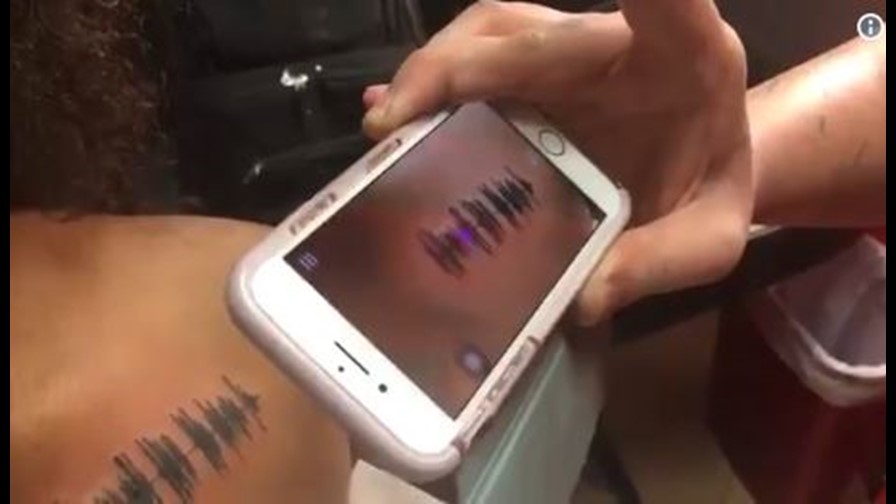Yanny vs. Laurel: an analysis by Benjamin Munson
A peculiar audio clip has turned into a viral sensation, the acoustic equivalent of "the dress" — which, you'll recall, was either white and gold or blue and black, depending on your point of view. This time around, the dividing line is between "Yanny" and "Laurel."
What do you hear?! Yanny or Laurel pic.twitter.com/jvHhCbMc8I
— Cloe Feldman (@CloeCouture) May 15, 2018
The Yanny vs. Laurel perceptual puzzle has been fiercely debated (see coverage in the New York Times, the Atlantic, Vox, and CNET, for starters). Various linguists have chimed in on social media (notably, Suzy J. Styles and Rory Turnbull on Twitter). On Facebook, the University of Minnesota's Benjamin Munson shared a cogent analysis that he provided to an inquiring reporter, and he has graciously agreed to have an expanded version of his explainer published here as a guest post.
Read the rest of this entry »

